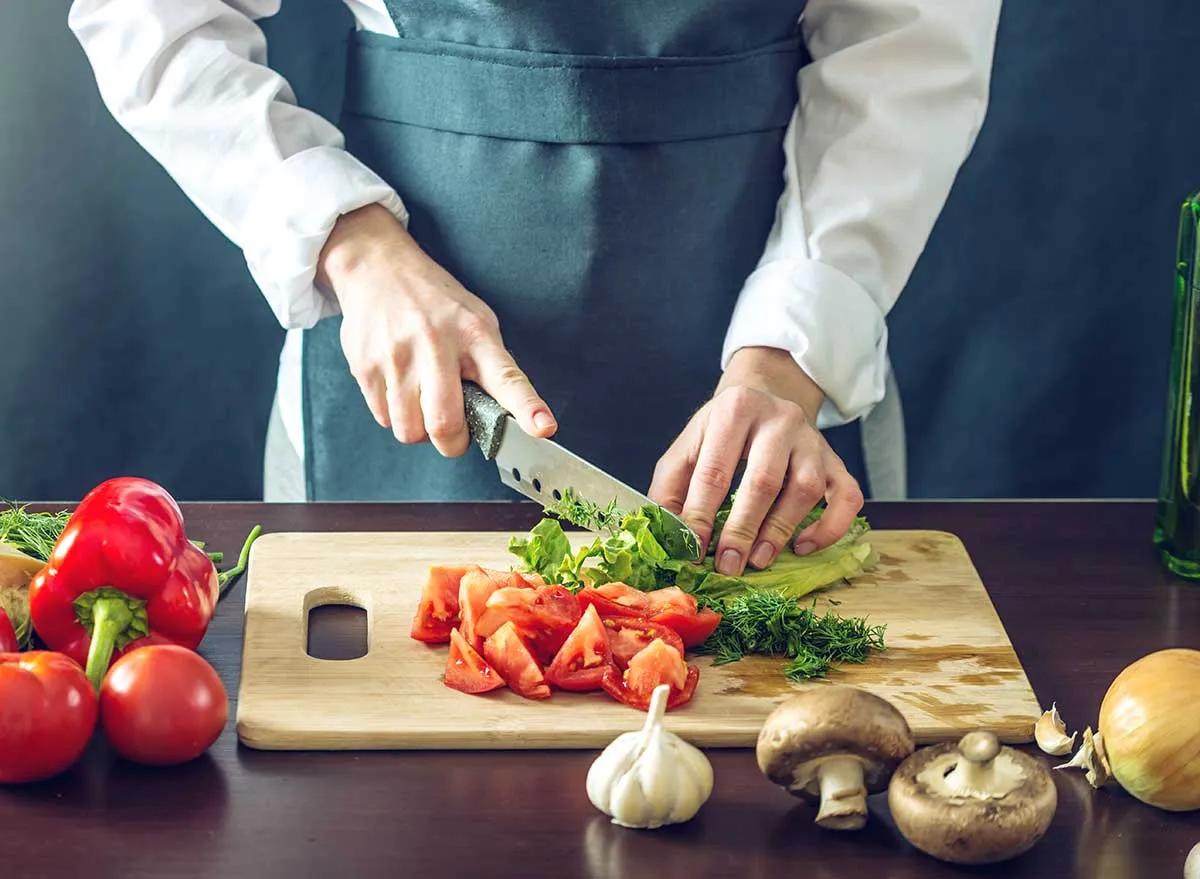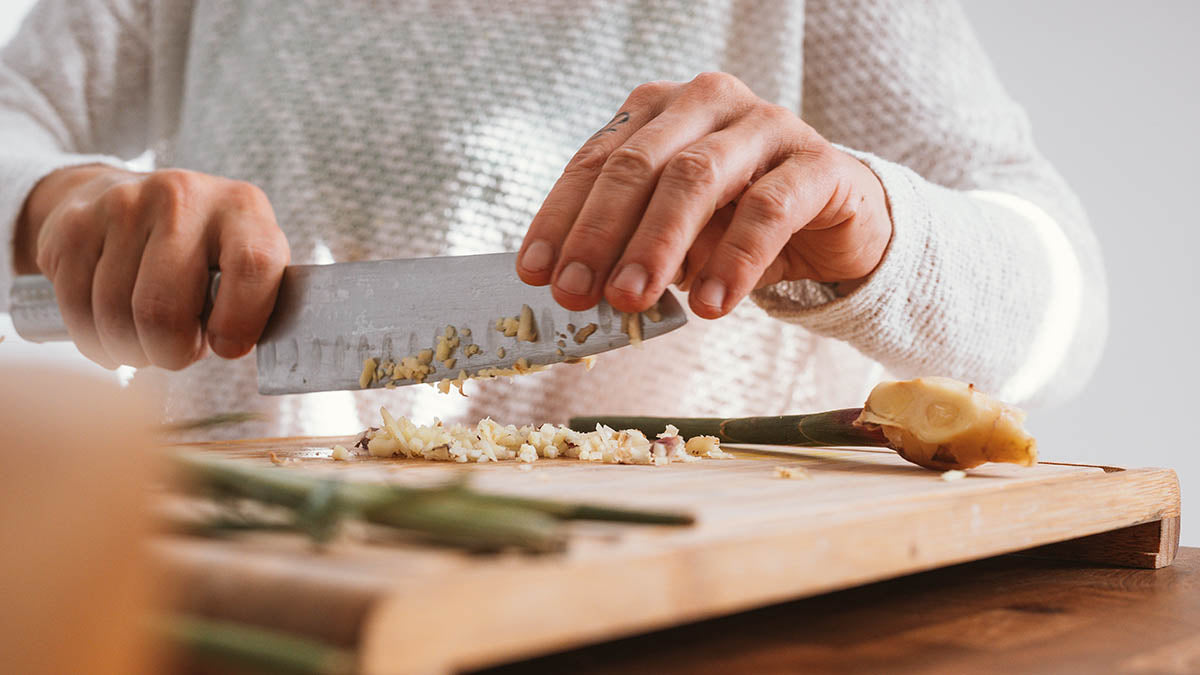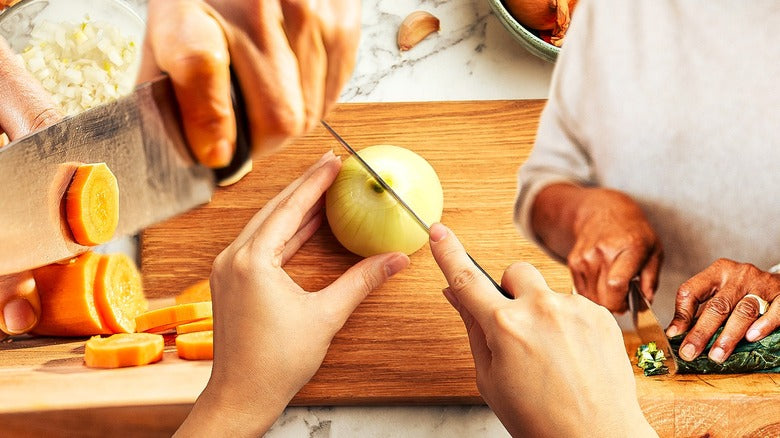For anyone serious about cooking, taking care of a cutting board extends far beyond just washing it. A well-maintained cutting board is vital for ensuring its durability and hygiene. Understanding how to season your cutting board effectively can significantly enhance your food prep experience. Whether you're working with a high-end butcher block or a simple wooden board, mastering the seasoning process is essential. In this comprehensive guide, we'll cover everything you need to know to keep your cutting board in excellent shape.

Why Seasoning Your Cutting Board is Important
Seasoning your cutting board is not merely an aesthetic choice; it is a crucial step for its preservation and strength. Wooden cutting boards have porous surfaces that can absorb moisture, potentially leading to cracking, warping, or even the growth of bacteria. By seasoning your board properly, you form a protective layer that minimizes damage and contamination risks.
A well-seasoned cutting board provides a safer and more pleasant prep surface. It smooths out imperfections, preventing food particles from sticking and reducing the chances of cross-contamination while cooking. This is particularly beneficial for professionals who use their cutting boards regularly.
What Supplies You Need for Seasoning
To begin seasoning your cutting board, gather the following items:
- Food-grade mineral oil or a specialized cutting board oil
- Wax, if desired (like beeswax or a commercial wax blend)
- A lint-free cloth or clean paper towels
- Warm water and mild dish soap
- Sandpaper (optional, for revitalizing worn boards)
A Step-by-Step Guide to Seasoning Your Cutting Board
Step 1: Clean Your Board Thoroughly
Start the seasoning process by thoroughly cleaning your cutting board. Use warm water and mild soap to scrub the surface. Avoid soaking the board, as too much water can damage wooden surfaces.
If you encounter persistent stains or odors, try sprinkling coarse salt and rubbing the area with half a lemon. This natural method effectively eliminates grime and unwanted smells.
Step 2: Ensure Your Board is Completely Dry
After cleaning, dry your cutting board with a clean towel and allow it to air dry fully. Seasoning a damp board can trap moisture, which may lead to warping or mold.
Step 3: Apply the Mineral Oil Generously
Pour a generous amount of food-grade mineral oil onto the surface of your board. Using a lint-free cloth, massage the oil into the wood, moving with the grain. Make sure to cover all areas evenly, including the edges.
Let the oil soak in for at least 15-20 minutes. For older or particularly dry boards, you may want to leave the oil on overnight.
Step 4: Add a Wax Layer for Extra Protection
To enhance protection, apply a thin layer of wax, such as beeswax or a blended board wax. Buff it into the surface with a clean cloth. Waxing creates a water-resistant barrier that safeguards against moisture and bacteria.
Step 5: Polish Your Board
Finish by buffing the board with another clean, lint-free cloth until the surface feels smooth and free of excess oil or wax. Your cutting board should now have a lovely, silky finish.
How Often Should You Re-season?
The frequency with which you need to season your cutting board depends on how often you use it. For professional chefs and frequent home cooks, seasoning it every 1-2 weeks is advisable. If you use it less frequently, once a month should be adequate.
As a rule of thumb, pay attention to your boardif it appears dry, has lost its sheen, or absorbs water easily, its time to rejuvenate it with a fresh coat of oil.
Ongoing Maintenance for Your Cutting Board
A seasoned cutting board demands regular care. Clean it after each use, avoid harsh detergents, and keep it out of the dishwasher. Wooden boards prefer being hand-washed and dried immediately.
For more information on effective cleaning techniques, you can check out Cleaning Kitchen Blinds.
FAQs About Seasoning Your Cutting Board
1. Can I use the same seasoning method for bamboo cutting boards?
Absolutely! Bamboo boards can also benefit from mineral oil treatments. However, since they are less porous, they generally require less oil than traditional wooden boards.
2. Which oils should I avoid using?
Avoid using cooking oils like olive or vegetable oil on your cutting board. These oils can go rancid, resulting in unpleasant odors.
3. Do plastic cutting boards need to be seasoned?
No, plastic boards do not require seasoning. However, its essential to clean them thoroughly after each use to prevent bacterial growth.

Conclusion
Understanding how to season your cutting board is vital for anyone dedicated to maintaining a clean, lasting, and professional kitchen environment. By following the steps outlined above, you can protect your cutting board, prolong its lifespan, and ensure it remains a safe tool for all your culinary adventures. For additional insights on cutting board safety, check out this guideline on Preventing Cross-Contamination.
Additionally, if you want to learn more about maintaining your kitchen tools, visit Seasoning Cast Iron for expert tips.
For further reading, explore Cleaning Stove Grates and Cooking Steelhead Trout.
This article contains affiliate links. We may earn a commission at no extra cost to you.






Leave a comment
This site is protected by hCaptcha and the hCaptcha Privacy Policy and Terms of Service apply.